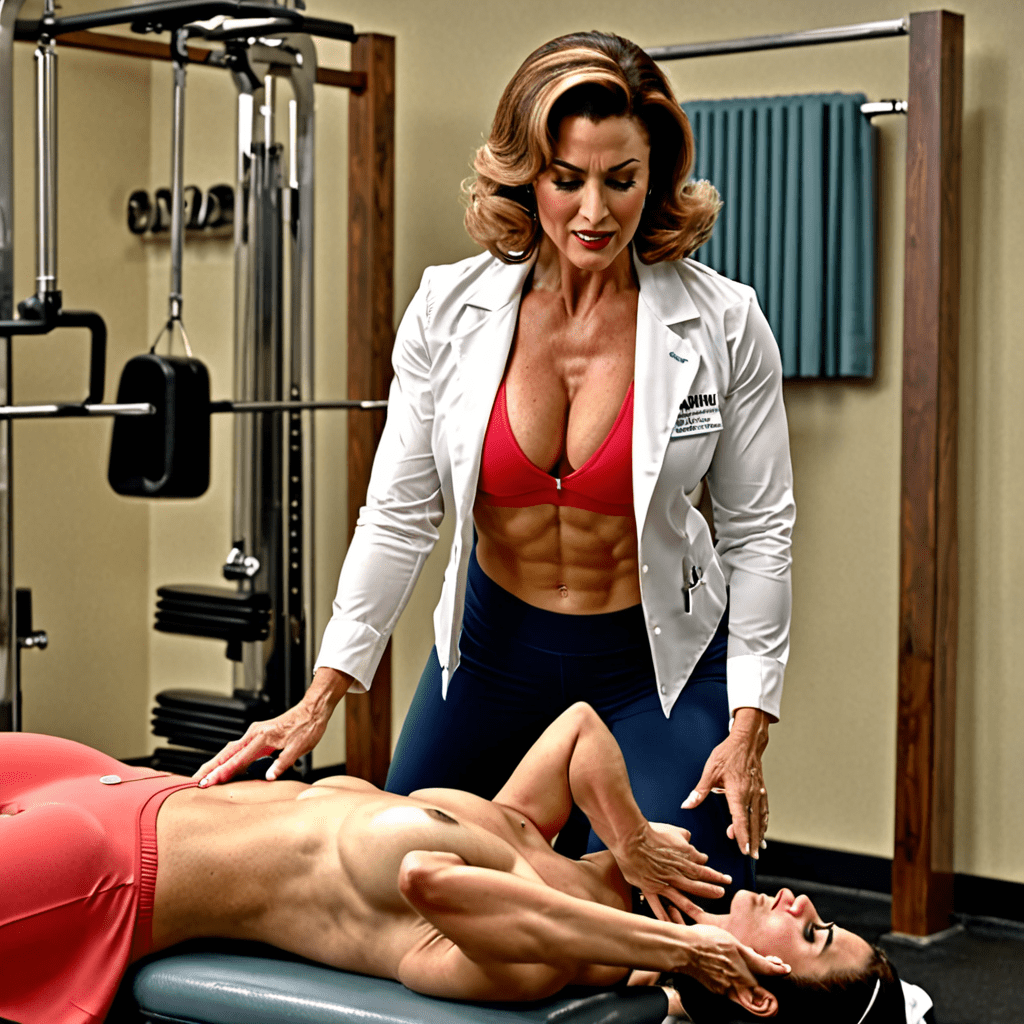
How to Increase Squat: Tips and Techniques
If you’re looking to increase your squat, whether you’re a beginner or a seasoned lifter, there are several tips and techniques that can help you achieve your goals. Squats are an excellent exercise for building lower body strength and muscle, targeting your quadriceps, hamstrings, and glutes. In this article, we’ll explore six ways you can improve your squat and take your strength training to the next level.
1. Focus on Proper Form and Technique
One of the most crucial aspects of performing a squat is ensuring you have proper form and technique. This means maintaining a neutral spine, engaging your core, and keeping your knees in line with your toes. Start by mastering the bodyweight squat before adding weights, and always prioritize form over the amount of weight you’re lifting. Working with a qualified fitness professional or coach can help ensure you’re performing squats correctly and safely.
2. Gradually Increase Weight and Intensity
To make progress in your squat, you’ll need to gradually increase the weight and intensity of your workouts. This can be done by adding more weight to the barbell, performing more repetitions, or reducing rest time between sets. By progressively overloading your muscles, you’re forcing them to adapt and grow stronger over time. Just remember to listen to your body and avoid taking on too much weight too quickly, as this can result in injury.
3. Incorporate Assistance Exercises
In addition to squats, incorporating assistance exercises into your training routine can help improve your squatting ability. Exercises such as lunges, step-ups, Bulgarian split squats, and glute bridges can target and strengthen the muscles used in squats. By strengthening these supporting muscles, you’ll have a solid foundation for increasing your squat. Include these exercises as accessory movements in your workouts, focusing on proper form and gradually increasing intensity.
4. Work on Mobility and Flexibility
Mobility and flexibility are essential for achieving proper squat depth and maintaining good form throughout the exercise. If you’re struggling with squatting to parallel or experiencing limited range of motion, it’s essential to work on your mobility. Spend time stretching your hip flexors, hamstrings, and calves. Foam rolling and using a lacrosse ball to release tension in tight muscles can also be helpful. Incorporating exercises like goblet squats and pause squats can also improve your mobility and squatting technique.
5. Don’t Neglect Core and Posterior Chain Strength
A strong core and posterior chain are crucial for maintaining stability and balance during squats. Your core muscles help stabilize your spine while squatting, while your posterior chain muscles, including your hamstrings and glutes, are responsible for generating power and strength. Incorporate exercises that target these muscle groups, such as deadlifts, Romanian deadlifts, and planks, into your training routine. A strong core and posterior chain will contribute to better squat performance and help reduce the risk of injury.
6. Ensure Proper Recovery and Rest
Lastly, it’s important to prioritize proper recovery and rest when aiming to increase your squat. Your muscles need time to repair and rebuild after intense workouts, so make sure you’re getting enough sleep, eating a balanced diet, and taking rest days as needed. Overtraining can lead to decreased performance and increased risk of injury, so listen to your body and give it the time it needs to recover and adapt.
Frequently Asked Questions (FAQ)
Q: Can I increase my squat if I have knee pain?
A: If you’re experiencing knee pain during squats, it’s essential to address the issue before attempting to increase your squat. Knee pain can stem from a variety of causes, including muscle imbalances, poor form, or joint issues. It’s recommended to consult with a healthcare professional or a qualified fitness trainer to assess the underlying cause of your knee pain and develop a plan to address it.
Q: How often should I squat to increase my strength?
A: The frequency of your squat workouts will depend on your training goals, current fitness level, and recovery capacity. Generally, two to three squat sessions per week, with adequate rest days in between, can be effective in increasing strength. However, it’s important to listen to your body and adjust the frequency and intensity of your workouts accordingly.
Q: Should I use a weightlifting belt for squats?
A: While weightlifting belts can provide support and stability during heavy lifts, they are not necessary for everyone, especially when squatting at lighter weights. It’s important to develop a strong core and proper form before considering the use of a weightlifting belt. Using a belt should not be a substitute for developing core strength, and it’s always recommended to consult with a fitness professional before incorporating a weightlifting belt into your routine.
Q: How long does it take to increase my squat strength?
A: The time it takes to increase your squat strength can vary depending on various factors, including your starting point, training consistency, intensity, and recovery. It’s important to set realistic goals and understand that progress may take time. With a combination of proper form, progressive overload, and consistency, you can expect to see improvements in your squat strength over the course of several weeks to months.


